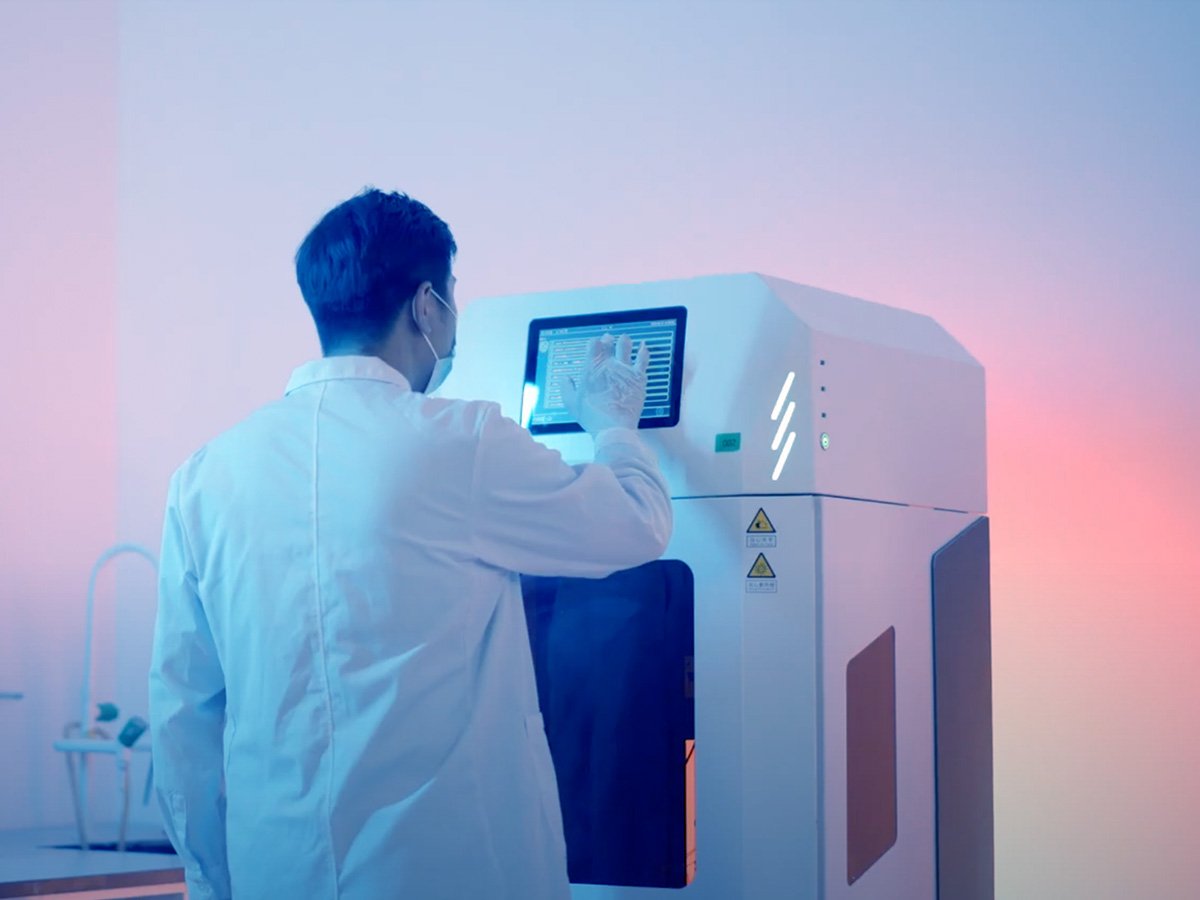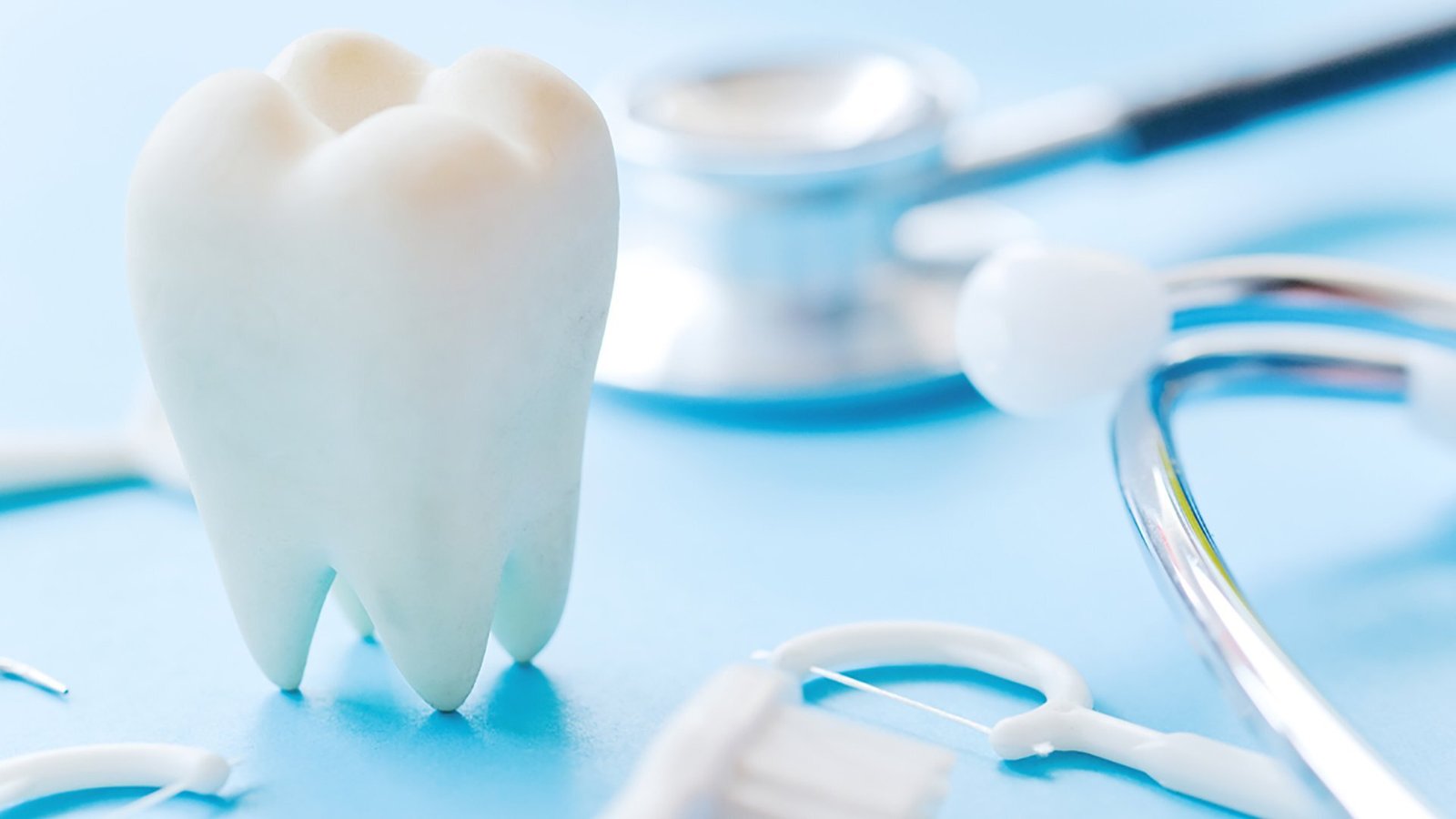There are millions of people with missing teeth, and dentures are an affordable option for them. However, a common problem with dentures is slipping, especially when eating or speaking. This causes discomfort and social embarrassment. Dentures become less secure as the jawbone reduces and the gum shape alters. With time, these problems continue to increase. And these problems continue to increase with time. Denture stabilization is the solution to this. It makes dentures secure, enhances their comfort, and function.
In this article, we’ll discuss what denture stabilization is, its types, benefits, and procedure.
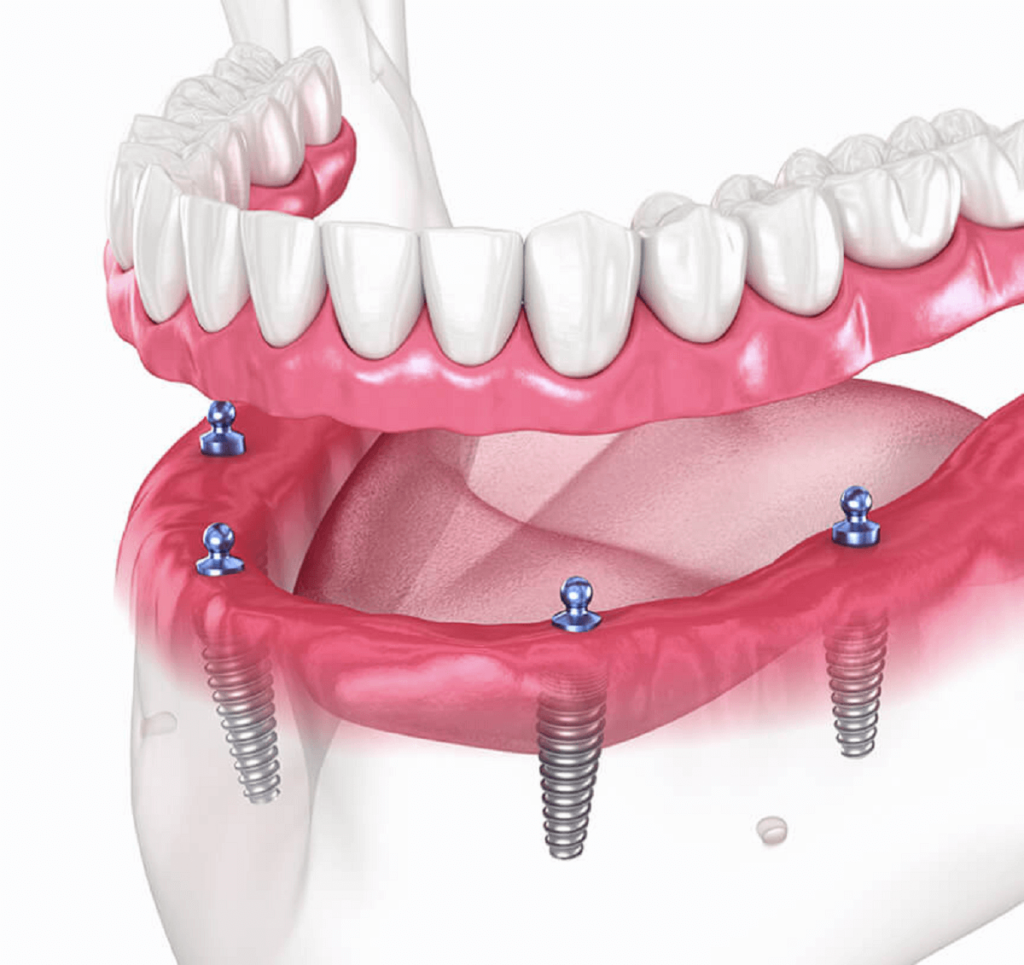
What is Denture Stabilization?
Some individuals resist getting dentures because they do not want them to move around in their mouth. Denture stabilization addresses this issue by using implants to hold your dentures in place securely. This procedure makes your dentures fit and secure better, so they can remain stable during the day.
In the denture stabilization procedure, tiny titanium implants are inserted into your jawbone. The implants act like artificial tooth roots and offer a firm base for your dentures.
How Denture Stabilization Works
Here’s how denture stabilization works:
• Your dentist inserts titanium posts straight into your jawbone
• Your current dentures are adapted to snap onto the implants
• The implants bond with your bone, forming permanent support
• Your dentures are stable and will not move when chewing or speaking
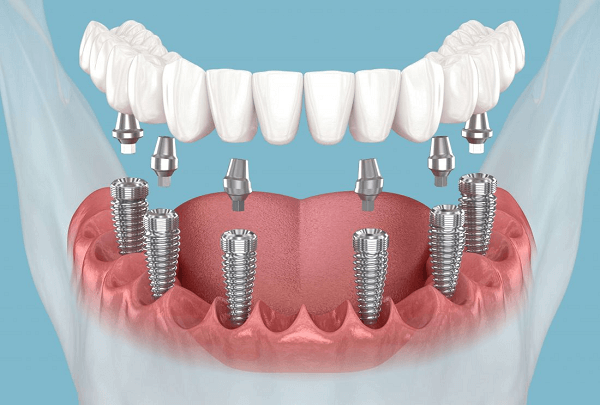
This method provides you with something that traditional dentures cannot provide – stability. You do not need to think about your dentures falling while laughing, speaking, or eating. The implants give you the same sense of security you used to have with your natural teeth.
Why Do You Need Denture Stabilization?
After tooth loss, your jawbone reduces, which makes conventional dentures loose with time. As months and years go by, your dentures may become ill-fitted. The denture stabilization cost may appear high at first, but it avoids repeated issues that interfere with your way of life.
Jawbone Changes
As your jawbone decreases, the ridge under your dentures gets smaller and thinner. This provides an unstable base that can no longer retain dentures firmly. The process occurs very slowly, and you might not be aware of the issue until your dentures become quite loose.
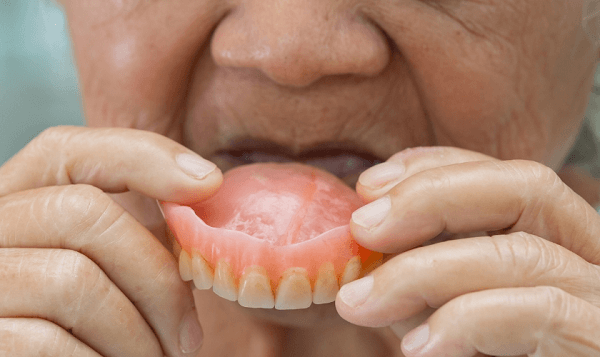
Social Embarrassment
Loose dentures can shift at the most inopportune times, leading to social embarrassment and fear. You might avoid laughing or smiling widely to avoid denture movement. Some people become conscious of their appearance and restrict social contacts because of denture insecurity.
Nutritional Deficiencies
Poor denture fit limits your selection of foods, which causes nutritional deficiencies in the long run. You might avoid important foods like fresh fruits, vegetables, and proteins due to difficulties in chewing them. This food restriction can affect your health and energy levels overall.
Types of Denture Stabilization
There are two primary types of implants for denture stabilization. Both Dental Treatments provide you with the security you require, but they work differently. The denture stabilization cost differs between the two, so knowing each one helps you in making the correct decision.
Ball-retained dentures
They are a common option among many individuals. This is how they work:
- The implant is inserted into your jawbone
- Each implant has a ball on the top
- Your dentures have special sockets that clip onto the balls
- You can pop your dentures out for easy cleaning
- The ball-and-socket joint provides security all day
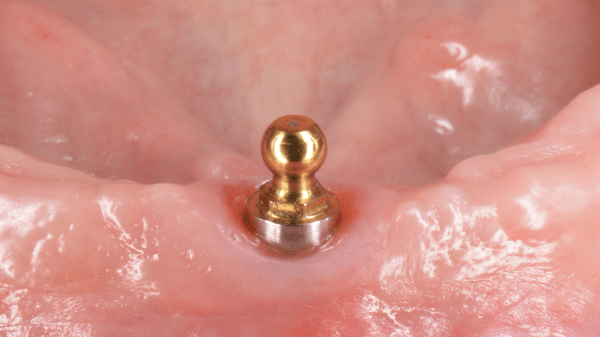
Bar-retained Dentures:
If you are looking for maximum stability, then go for bar-retained dentures. Here’s how they work:
- Several implants are inserted into your jawbone
- Implants are linked with a thin metal bar
- Your dentures have clips that clip onto this bar
- The bar spreads the chewing forces evenly over all implants
- This approach offers superior stability and support
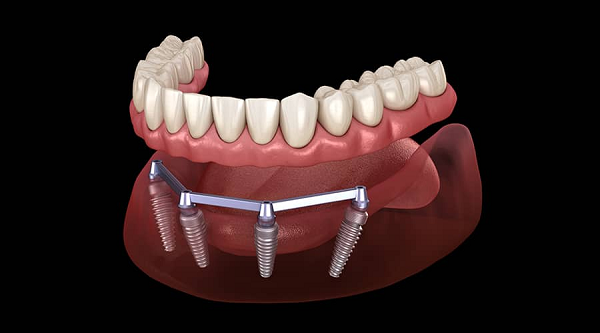
Benefits of Denture Stabilization
Denture stabilization changes the way your dentures look and feel and how they operate. Most people regret that they didn’t do it earlier because it’s so different. The denture stabilization procedure restores confidence which you lost when your natural teeth were missing.
Improved Bitting Abilities
Your biting force dramatically improves with denture stabilization. You can bite into an apple again or have corn on the cob without fear. That translates into improved nutrition and a variety of meals.
Jawbone Preservation
Implants for denture stabilization stop your jawbone from shrinking anymore. This keeps your face from sagging into that sunken appearance that occurs with regular dentures. Your facial muscles remain adequately supported, looking younger.
Comfort
Your dentures become a part of your mouth rather than something foreign resting on your gums. This sense of comfort provides you with confidence to smile, laugh, and socialize without being preoccupied with your dentures.
How to Choose the Right Denture Stabilization Method?
The selection between ball-retained and bar-retained denture stabilization relies on your personal preferences.
Your dentist will advise you, but here are the deciding factors:
- Bone condition: Your jawbone needs to be healthy enough to support implants. Dense bone works better for both methods, but bar-retained systems need more bone support.
- Budget considerations: The denture stabilization cost varies between methods. Ball-retained systems typically cost less than bar-retained systems.
- Stability needs: Bar-retained dentures provide maximum stability, while ball-retained systems offer good stability with easier removal.
- Maintenance preferences: Ball-retained dentures are simpler to clean at home, bar-retained dentures can be professionally cleaned.
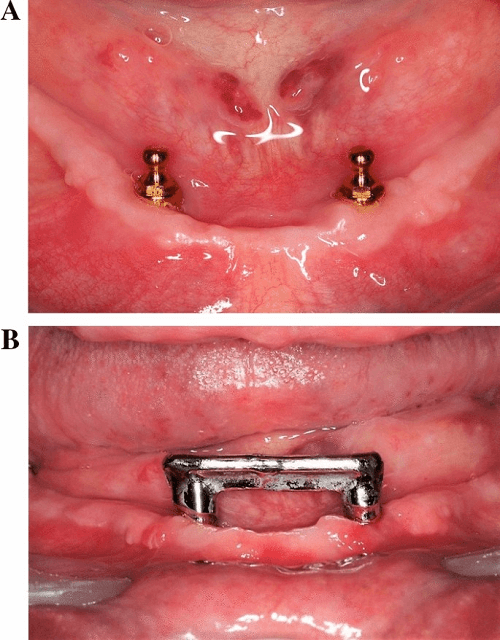
The majority of individuals begin with ball-retained dentures because they are less costly and simpler to care for. If you require maximum support or have particular jaw situations, bar-retained systems could be more suitable. Your dentist will assess your mouth and consult about your lifestyle in order to make an ideal suggestion for your denture stabilization requirements.
FAQs About Denture Stabilization
What is denture stabilization?
Denture stabilization is a dental procedure using implants or other techniques to stabilize loose dentures, so they don’t shift while eating, speaking, or performing everyday activities.
What is the process of denture stabilization?
The denture stabilization procedure starts with a thorough examination and treatment planning. Your dentist surgically places implants for denture stabilization and then adapts your current dentures to fit firmly onto these implants once healing has occurred.
What are denture stabilization implants?
Denture stabilization implants are small titanium posts placed in your jawbone that act as artificial tooth roots. They provide a secure foundation for your dentures to attach to.
Why do bottom dentures become loose when eating?
Bottom dentures loosen up due to the fact that the lower jaw provides less surface area for suction and is in constant movement while chewing. The movement of the tongue and saliva flow also cause displacement, thus denture stabilization is particularly useful for lower dentures.
Conclusion
Denture stabilization offers a lasting solution to loose, uncomfortable dentures that disrupt your quality of life. Whether you opt for ball-retained, bar-retained, or mini implant systems, the denture stabilization procedure significantly enhances your comfort and confidence in daily life. The cost of denture stabilization is an investment well worth making in your oral well-being and overall quality of life.Advancements in dental technology have enhanced denture stabilization procedures to be more predictable and comfortable than ever. Manufacturers such as Aidite are constantly pushing innovation in dental equipment and materials with new products that enhance treatment effects for denture stabilization procedures.

